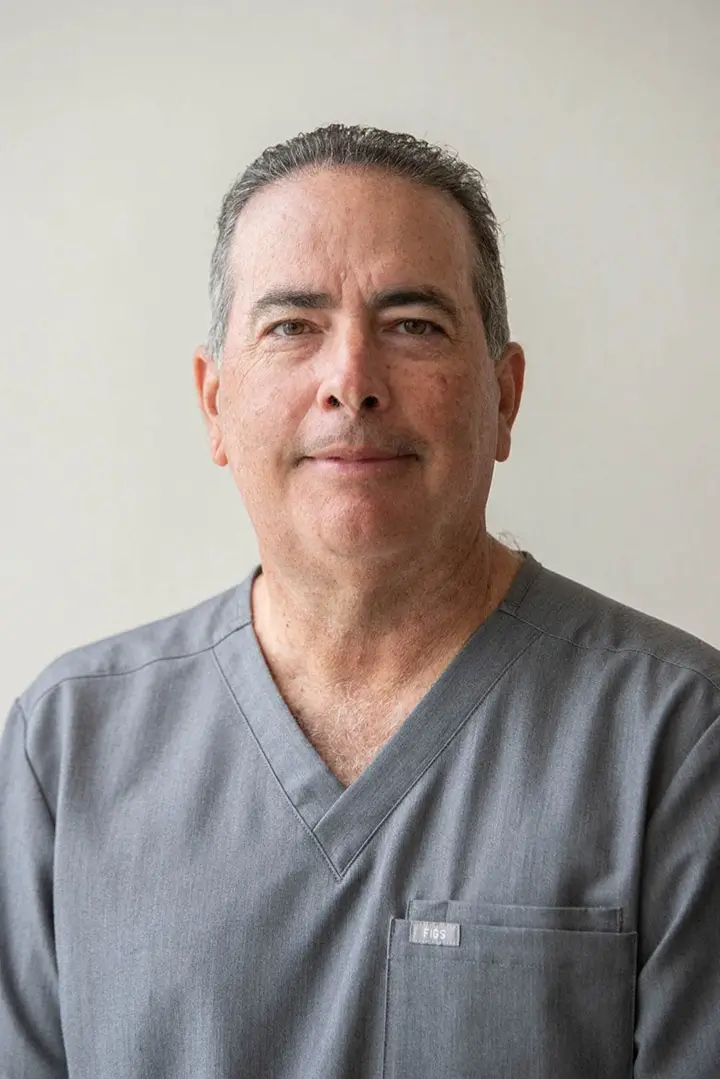Emily was born June 6, in Northwest Medical Center in Broward County, her parents and her doctor gave her a special gift. Among the earliest in the nation to do so, Emily’s parents, Matt and Rosa of Margate, Fla., banked stem cells collected from the placenta that surrounded their baby before her birth.
An option that has been available for several years, blood from her umbilical cord was collected and saved. The blood can be used to effectively treat several serious blood and immune system diseases.
Although stem cell debate has escalated in recent years, a non-controversial source could present potentially life-saving therapies. Scientists discovered certain cells from the placenta may be as versatile as human embryonic stem cells.
Placental-derived stem cell research is likely to accelerate since President Bush vetoed the recent bill that would have increased federal funding for embryonic stem cell research. Placental stem cells are eligible for federal funding and in many ways more ideal due to the fact that they behave like embryonic stem cells, are plentiful, and do not involve the destruction of human embryos.
Recent accomplishments support the science behind placental stem cell research.
Scientists have been able to coax the placental stem cells to become bone, nerve, muscle, fat, pancreatic, or liver cells, which could make them useful in future treatment of such ailments as diabetes, heart disease, Alzheimer’s, and Parkinson’s.
“I know that with the cord blood, they have been able to treat leukemias, lymphomas, and anemias,” said Rosa, “but with the placenta cells, they’ll be able to treat heart disease, liver disease, diabetes, neurological disorders and do bone regeneration, and probably things we don’t even know about yet.”
Rosa and her husband want extra protection for their first child Emily in case something goes wrong in the future. Thus, banking her cord blood and placental tissue was the obvious choice. Mary, who is a surgical technician at the hospital where her daughter was born, also stated that cells also may be helpful to other family members because of the close genetic match.
“Being in the medical field, I’ve had a chance to see all kinds of things I wouldn’t want my daughter to go through,” she said. “With the cord blood and the placenta, you’re covered for anything. Life insurance is one thing, but this is kind of like life assurance.”
Dr. Bruce, the ob-gyn who delivered Emily by C-section and extracted the placental tissue and umbilical cord blood, said stem cells from cord blood have already saved many lives, and the placental cells offer promise for the future.

